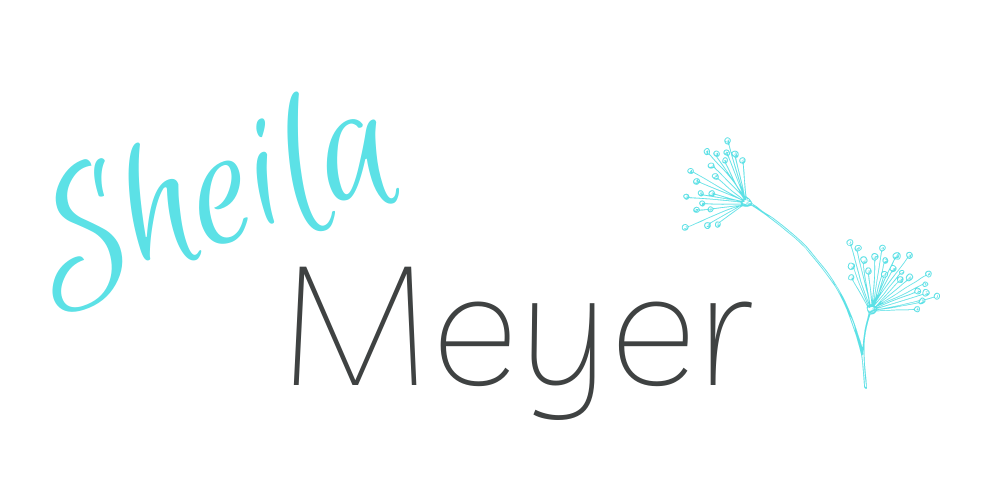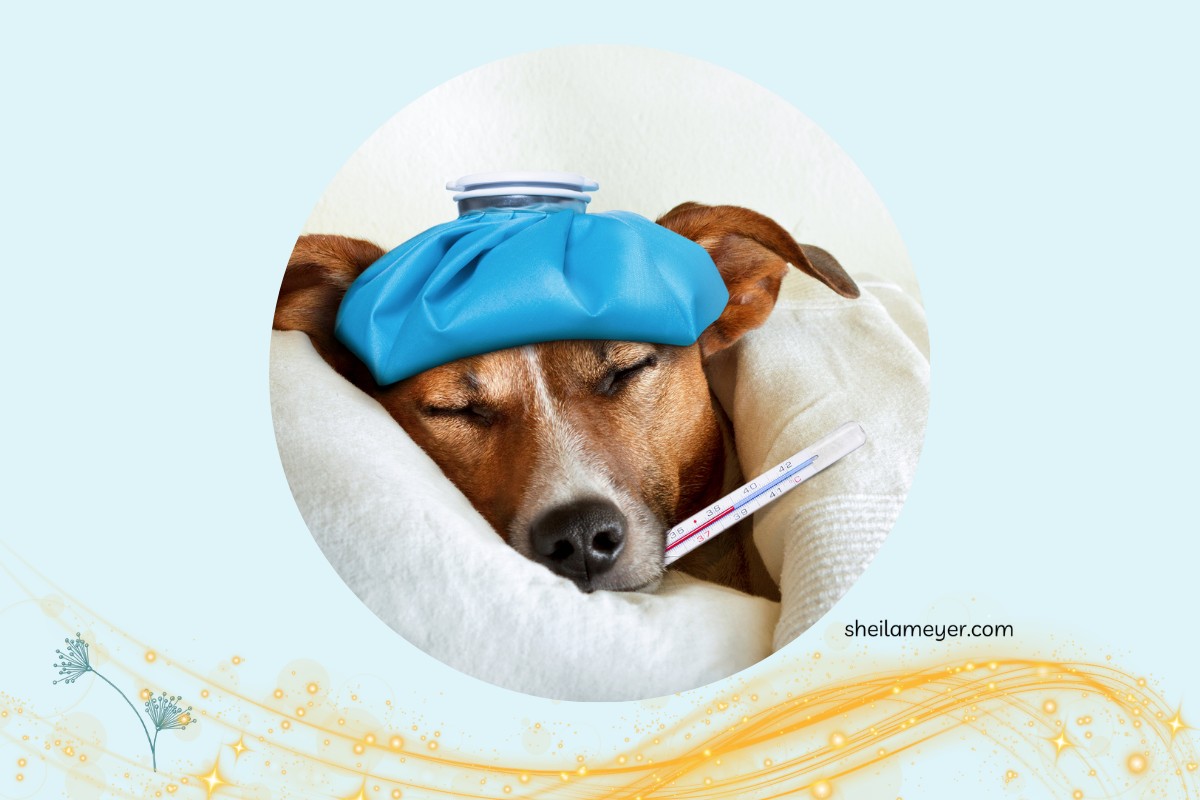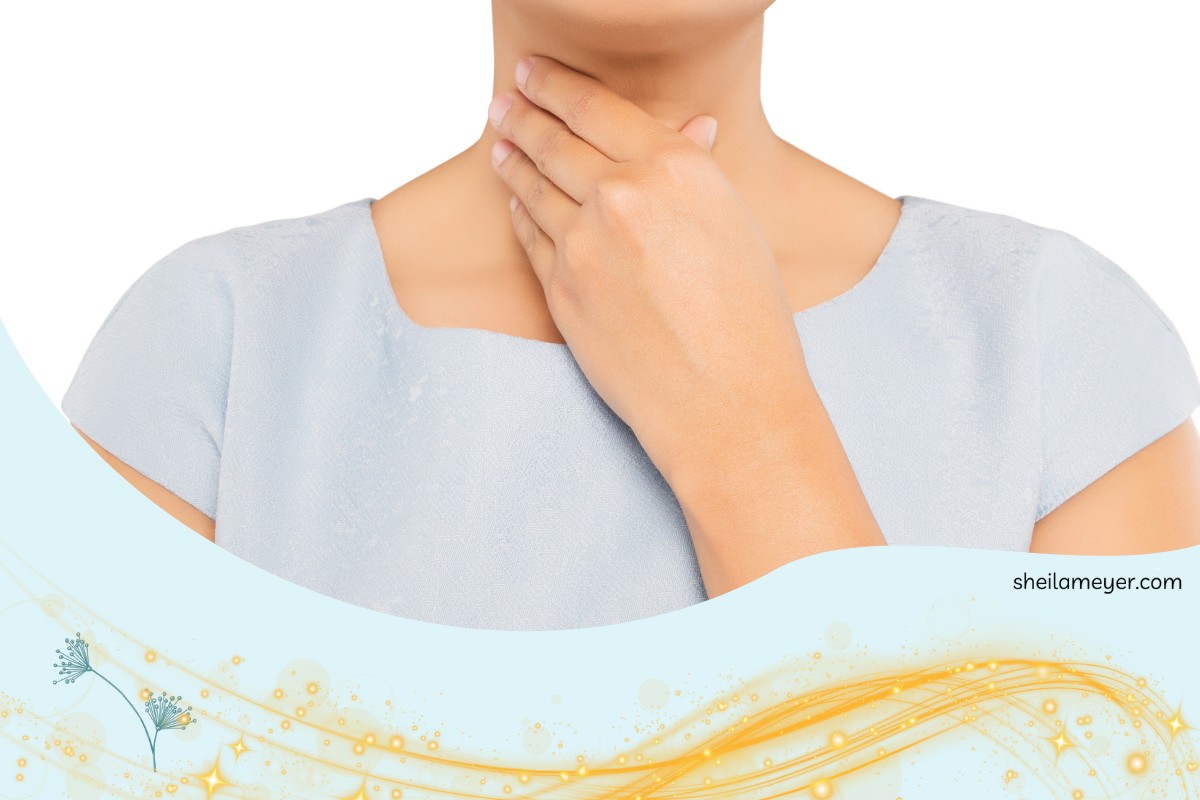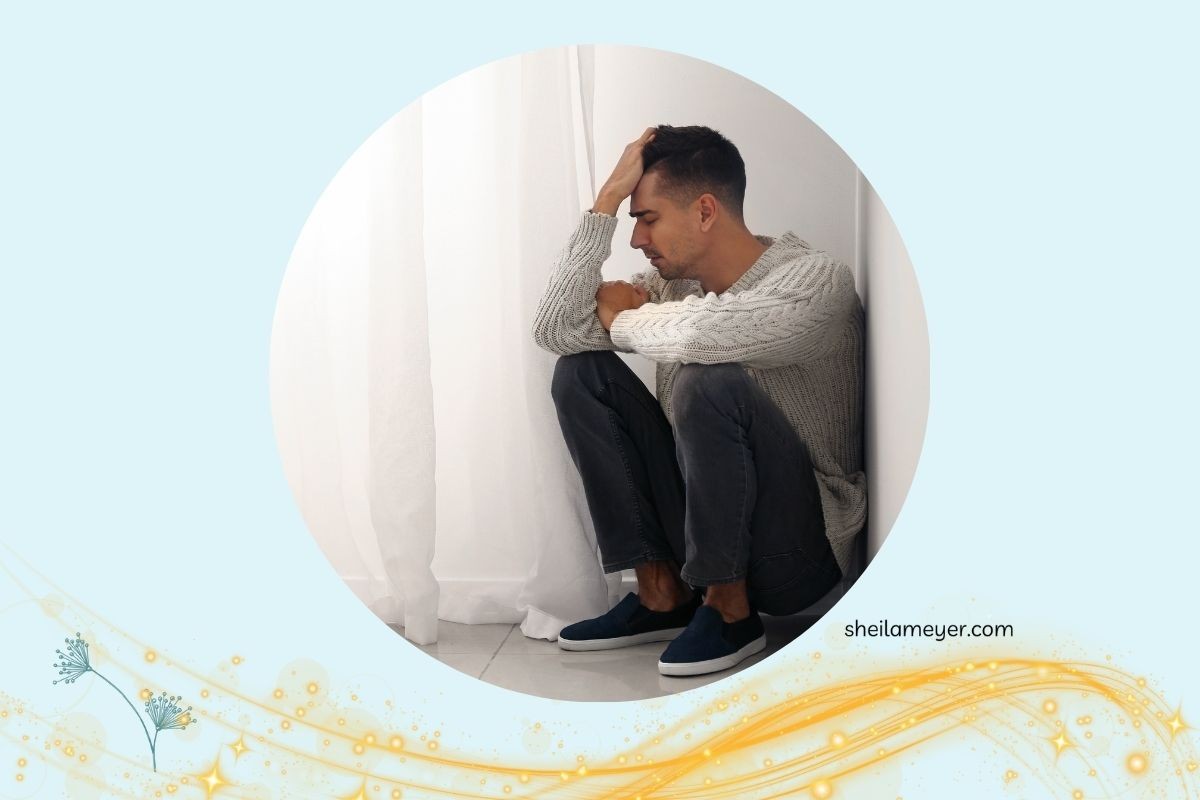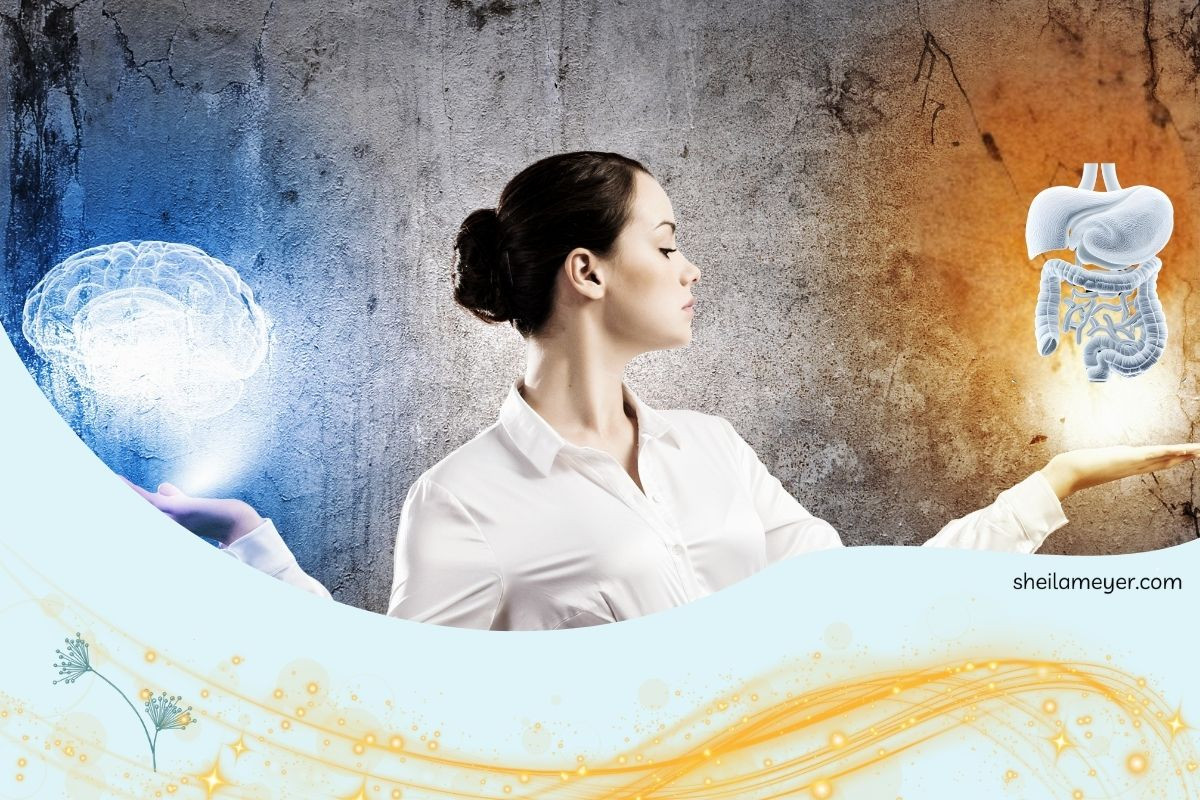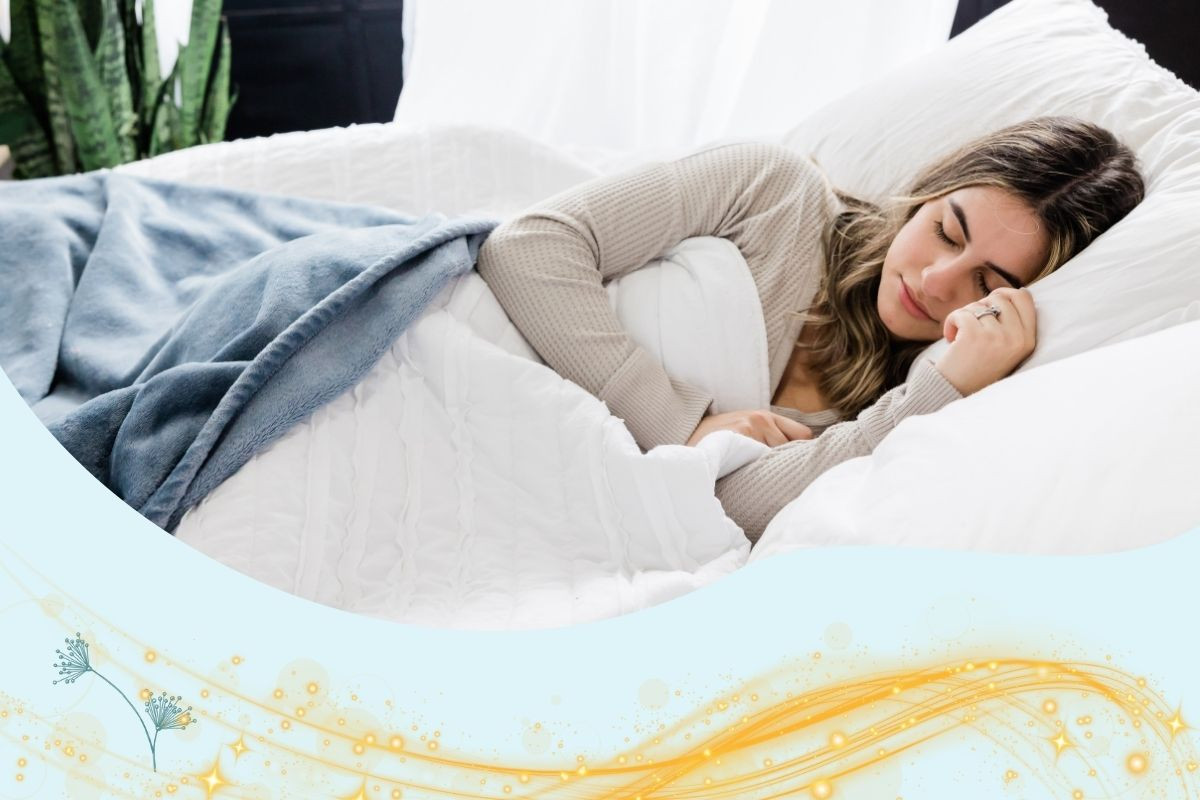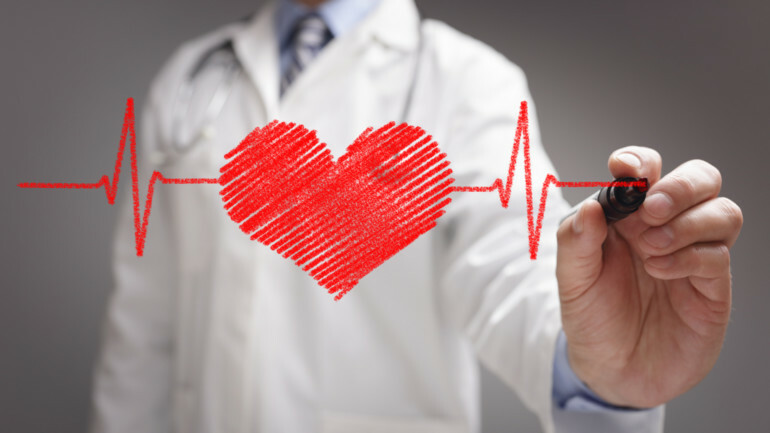
It seems like cholesterol is always getting a bad rap. We are always hearing about how high cholesterol and how bad it is. Normal cholesterol range is 125 mg/dl - 200 mg/d, and yet, according to the CDC slightly more than half of U.S. adults (54.5%, or 47 million) who could benefit from cholesterol medicine are currently taking it.
- Nearly 94 million U.S. adults age 20 or older have total cholesterol levels higher than 200 mg/dL.
- Twenty-eight million adults in the United States have total cholesterol levels higher than 240 mg/dL.
- 7% of U.S. children and adolescents ages 6 to 19 have high total cholesterol.
Cholesterol, however, is something that your body actually produces and needs. Every cell in your body needs cholesterol.
Many are told to reduce red meats and certain fats. What's interesting, however, is that only 20% of cholesterol comes from your food, only 20%. The rest ... 80% .... is actually produced by your body, by your liver, and your intestines. If cholesterol is so bad, why does your body make so much of it?
Why You Need Cholesterol
Cholesterol is needed in every part of your cell membrane.
- hormone production
- estrogen
- progesterone
- vitamin D (yes, this is actually a hormone)
- protection
- repair nic or tear in epithelial tissue (i.e. stomach or walls of arteries or veins)
- cholesterol forms a protective layer around the area until repair is complete
- if repair components are not available, more cholesterol is produced
- repair nic or tear in epithelial tissue (i.e. stomach or walls of arteries or veins)
Other Factors That Affect Cholesterol Levels
Why might certain components needed to do that repair not be available? it goes back to diet or lifestyle. For example, I remember years back, the trend was to do a no-fat diet. And, I remember thinking at that time that some fat was required and important for the body to function properly. Vitamin A is a primary component that's necessary for the repair of skin and epithelial tissues. Vitamin A, however, is fat soluble, not water soluble. If your diet is severely restricting the intake of fats, then vitamin A could be deficient and not be an available component to help get this repair done.
Remember, 80% of cholesterol is produced in the intestines and the liver. The liver is what processes fat. If the liver isn't functioning properly, fat may not be getting processed properly, and more cholesterol may get produced than is necessary.
There is one time in my life that I ever had high cholesterol. I was a healthy person .... hiking and walking almost every day and had a very healthy diet. There really was nothing that would need to be changed. Did I eat red meats and such? Yes. I went to my acupuncturist and said nothing about the high cholesterol. He worked on my liver. That one acupuncture treatment is the only thing I did different. When I got retested, my cholesterol level was back to normal. There was a lot of stress going on at that time. Stress can affect everything in your body. However, it was the liver that he treated, and that is what helped reduce it. That's the only thing that was different.
Natural Ways To Reduce Cholesterol
Water .... When cells become dehydrated, they die. To prevent cell death, the body produces extra cholesterol to surround the cells to retain whatever fluid is left remaining. Science tells us that as water evaporates or is removed, what is left will measure at a more concentrated or higher level. A saline or salt solution is properly prepared with the right ratio of salt to water. If some of that water is allowed to evaporate, what happens to the concentration of salt? It increases. If we become dehydrated, the body not only increases the production of cholesterol, but the concentration in the blood is also increased.
So how much water should you consume? it's recommended that healthy adults should start with four ounces of water every hour. If disease is present, water intake should be increased to about four ounces every 30 minutes so you can flush the toxins out. It is important to think about how much water you literally drink in a day ... not what you think you may be drinking. Saying you "drink water all day" may be true. However, you may find that you are ony drinking water every 3 hours or so which is not enough. So, be specific and honest with how much you drink. Your body will thank you for it.
Essential Oils. There are so many studies that show the benefits of using essential oils effectively to reduce not only the LDL, but to increase the HDL. Lemongrass is at the top of the list.
Cholesterol Benefits of Lemongrass
- contains terpenoid compounds
- geraniol and citral
- decrease cholesterol levels
- inhibit the production of mevalonic acid
- intermediary in the production of cholesterol
- target of many cholesterol-lowering pharmaceutical drugs.
- geraniol and citral
- curbs some of the associated side effects of high cholesterol levels
- stimulates the production of antioxidants
- prevents attacks
- fights inflammation .... one of the prime causes for rampant obesity
- lowers production of lipid levels in the body helping you fight the issue from the root
Lemongrass, a natural substance, actually does the same thing the cholesterol-lowering pharmaceutical drugs do and without all the extra side-effects. Bergamot, Rosemary and Eucalyptus, Clove, and Ocotea are just a few other essential oils to consider. Keep in mind though, drink your water, support your liver, move around, have a healthy diet. All these things, along with lemongrass, can help to reduce cholesterol down to a level that is healthy. The important thing is to have balance.
Having cardio-vascular disease on both sides of my family I am "proactive" and very passionate about a heart-friendly lifestyle. Every month I support my liver while incorporating specific oils and products for my cardio-vascular system. All of them can be found here.
If you appreciated this information, you may also enjoy the other ways to provide a heart-friendly lifestyle here.
References:
